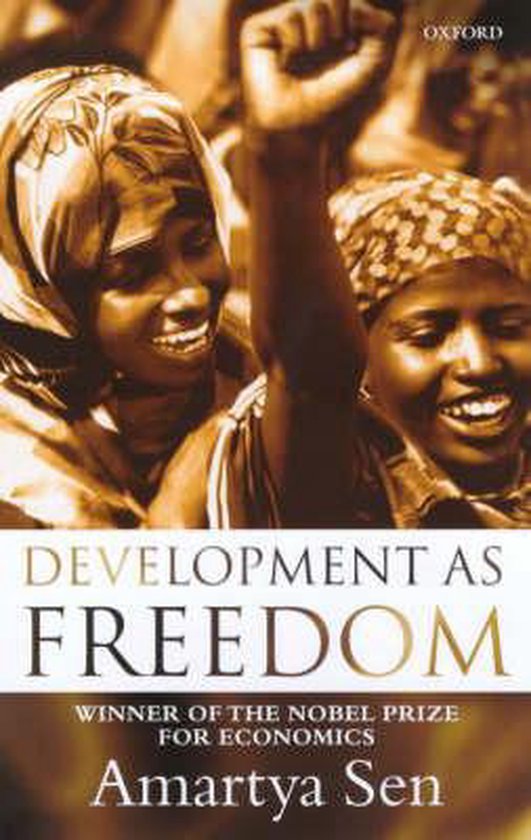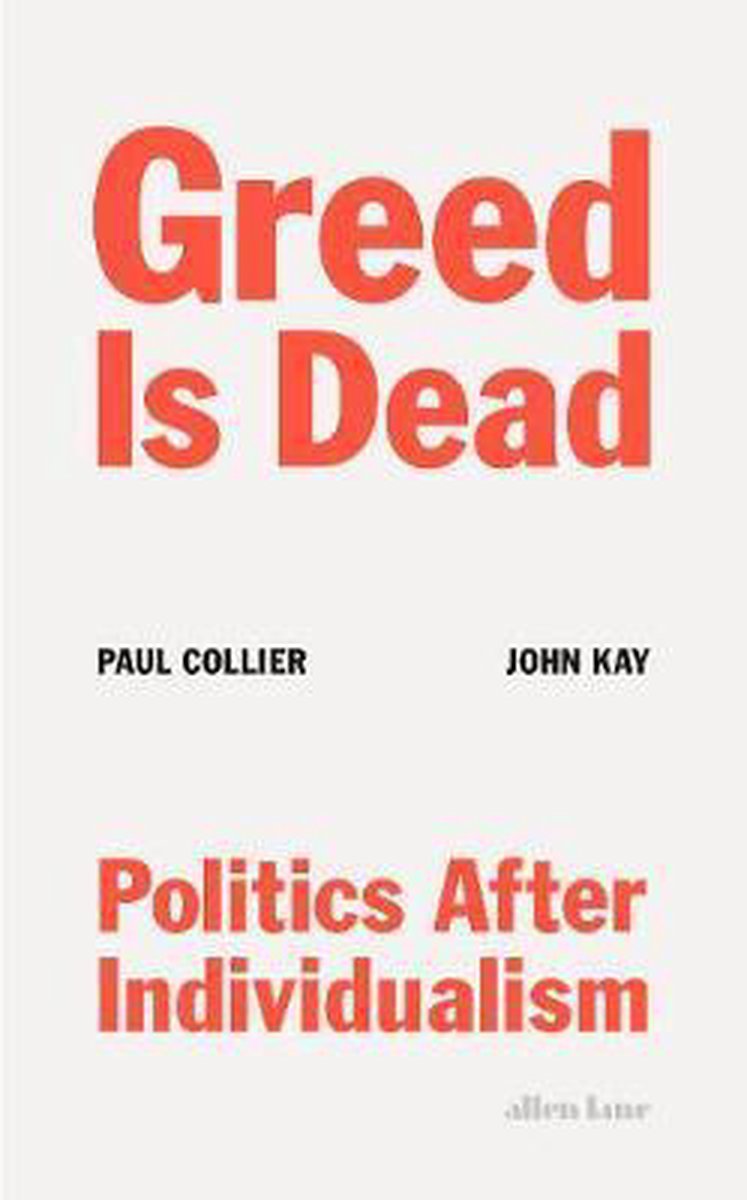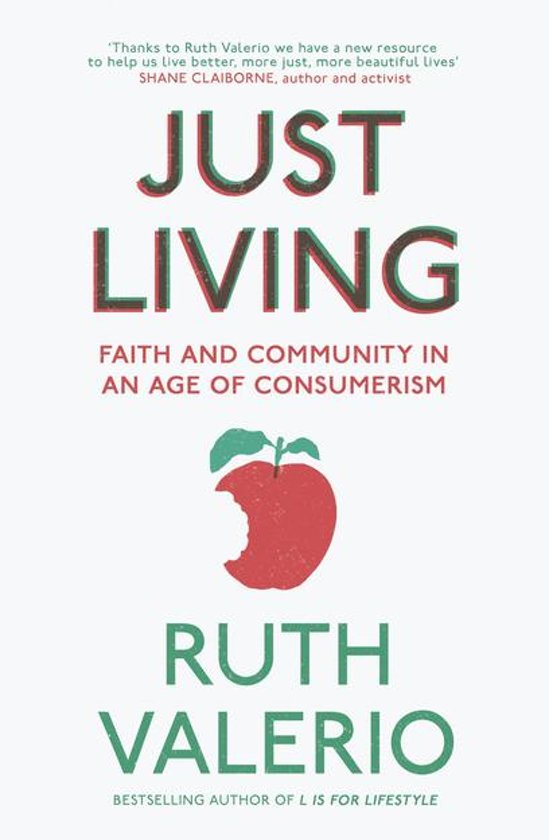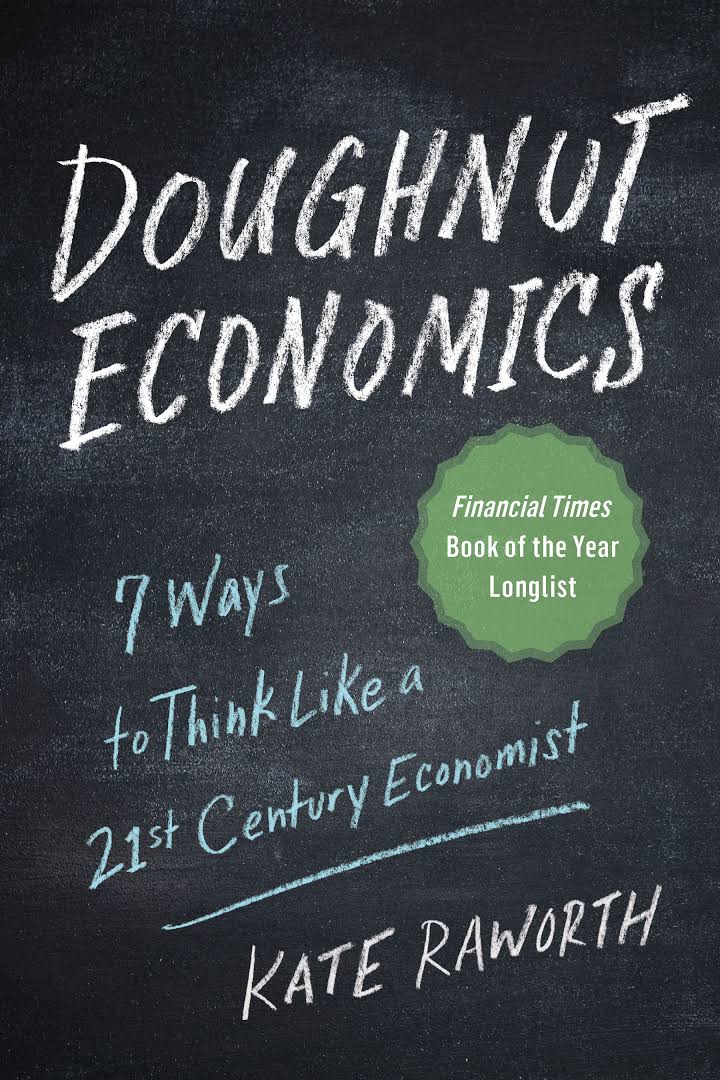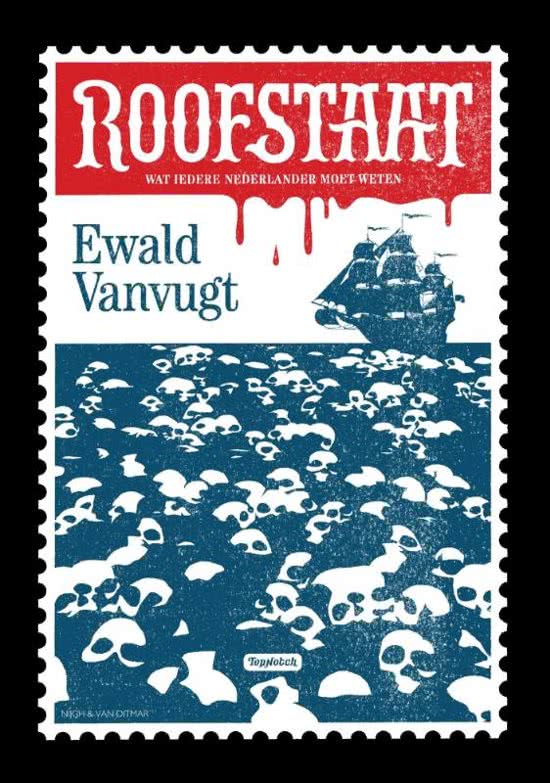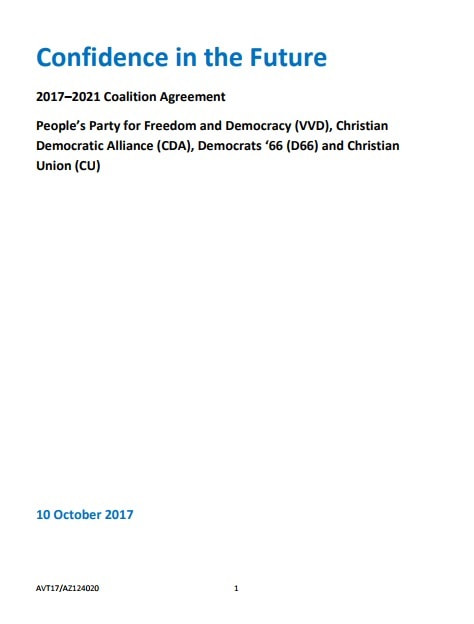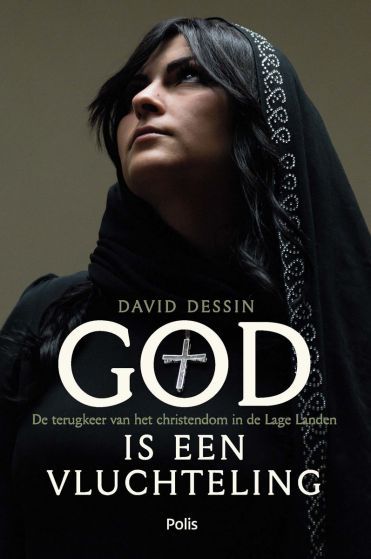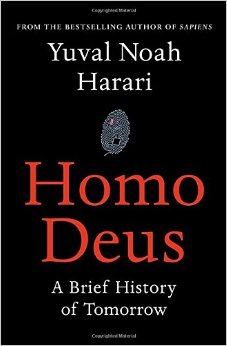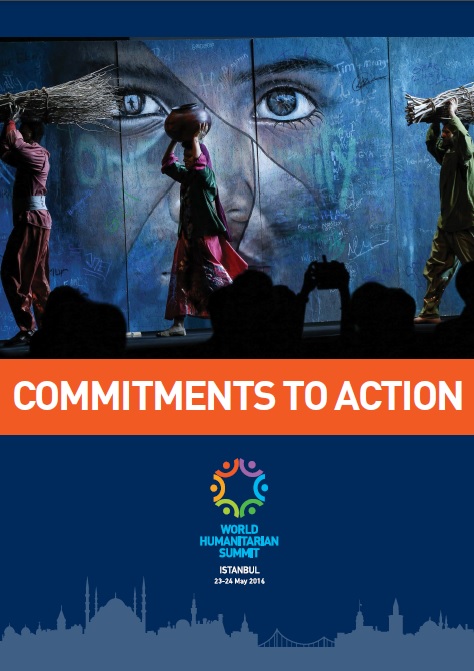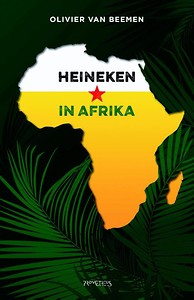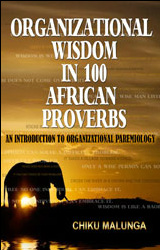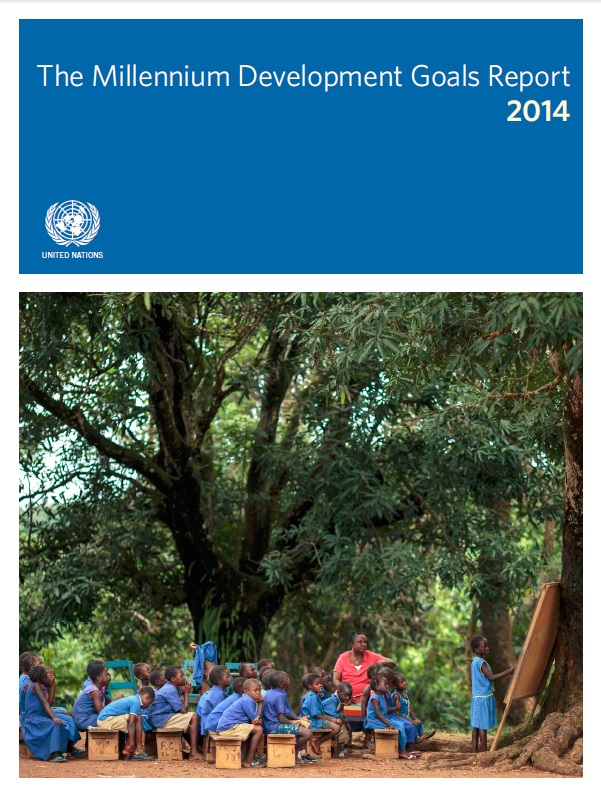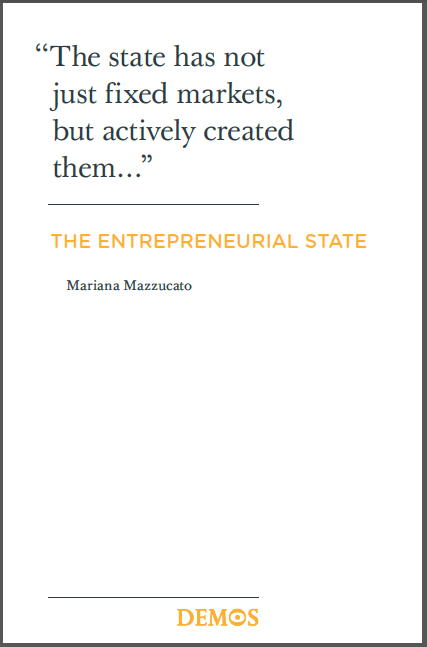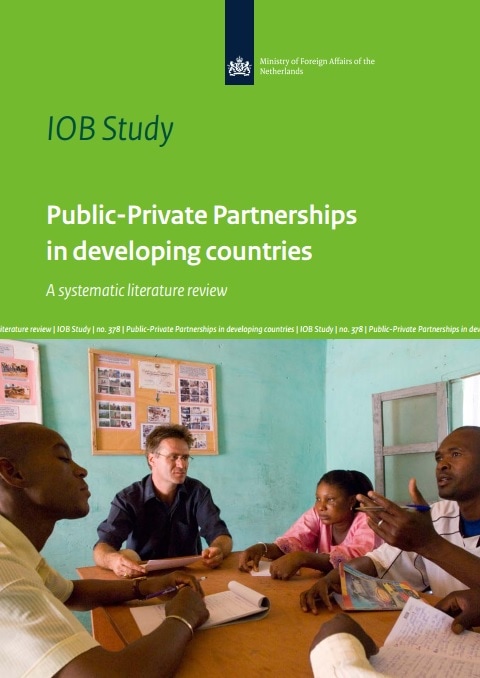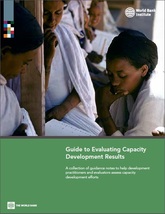 (click to open) Towards the end of 2012 the World Bank issued guidance on how to evaluate capacity development. In my new role as Lecturer Capacity Development* it is my duty to take note of the content of the guide and appreciate the efforts of the World Bank staff to take this daunting task upon themselves. Mission The question I keep asking myself and our students is: "What for" is capacity being developed? and "Can it be developed?" or is it just "developing". What helps me tremendously in evaluating the impact of capacity development is the notion of mission. If you have a mission you probably are able to measure results as "capacities in place that are contributing to the mission". Colliding capacities However, what about conflicting missions? If my mission is to convert development actors to let go of a rights based approach and return to a needs based approach, I may be building capacities for change. It is a change that I may be seeking, believing in the virtues of charity and dignity for all and not fearing dependency as I consider my richness as a temporary state as tomorrow I may be the one in need. However, many of my colleagues from the development arena would start arguing: "Dependency syndrome!" or "Do not give a fish! Teach them fishing!" or even: "Leave the fish in their waters for them to fish it", reflecting some of the lessons learnt in development cooperation over the years leading to the embrace of a rights based approach. Searching vs planning Hence, back to the question of how to evaluate capacity development. It may be appreciated that instead of the usual toolbox, the World Bank has embraced the principle of writing guidance notes. It seems the knowledge body of the World Bank have read William Easterly and have taken his message to heart, adopting a much more searching attitude in providing development solutions or proposing evaluation methods. With capacity development, as I have made clear, it is even quite impossible to arrive at unique indicators in terms of development outcomes. It all depends on what is considered 'development'. Some will point to loss of values and depreciation of charitable giving while others will point to achievements of increased self-esteem. In a perfect world they go together. But the world is not perfect and hence neither are all capacities developed consistently contributing to positive change. Bonding and relating I therefore would like to define capacity in terms of bonding and relating, some of which are captured by the 5 capabilities model developed by ECPDM for the purpose of assessing capacity development. Or in different words: "The way in which different identities in society are able to manifest themselves and articulate their 'articles of faith' while at the same time acknowledging differences and the importance of strong linkages and lines of communication to other identities. In a world of interconnected societies the latter may become of utmost importance in order to really stay in touch with one another, and allow for diverging world views living together, without crushing into one another with the purpose of wiping out the alternate while enforcing the doctrine of the majority. Framework The framework the World Bank arrives at is the "Capacity Development and Results Framework". Rightly the World Bank has not developed a 'Capacity Development Results Framework'. Though capacity development is linked to development results it does not guarantee positive outcomes. World Bank defines capacity development as: "facilitating improvements in institutional capacity dynamics to advance reforms and development goals". In the light of the above it can be appreciated that the World Bank came up with Intermediate Capacity Outcomes as a way of capturing the often untracked result of capacity development. Its intermediate character acknowledges the fact that capacity only is a means to an end and can never be an end in itself. Again, whether capacity development is bringing positive outcomes depends on your mission. *) at Van Hall Larenstein University for Applied Sciences in Wageningen Comments are closed.
|
About meMy name is Reinier van Hoffen. U®Reading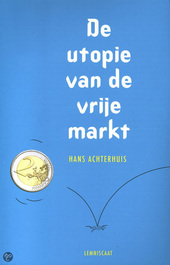
Click here for a summary.
Also find the text of a lecture Dr. Achterhuis held at the 2012 Bilderberg conference. Archives
August 2022
|
AddressNachtegaallaan 26
Ede, the Netherlands |
Telephone+31 (0)6 1429 1569
|
info@uraide.nl
|
 RSS Feed
RSS Feed

